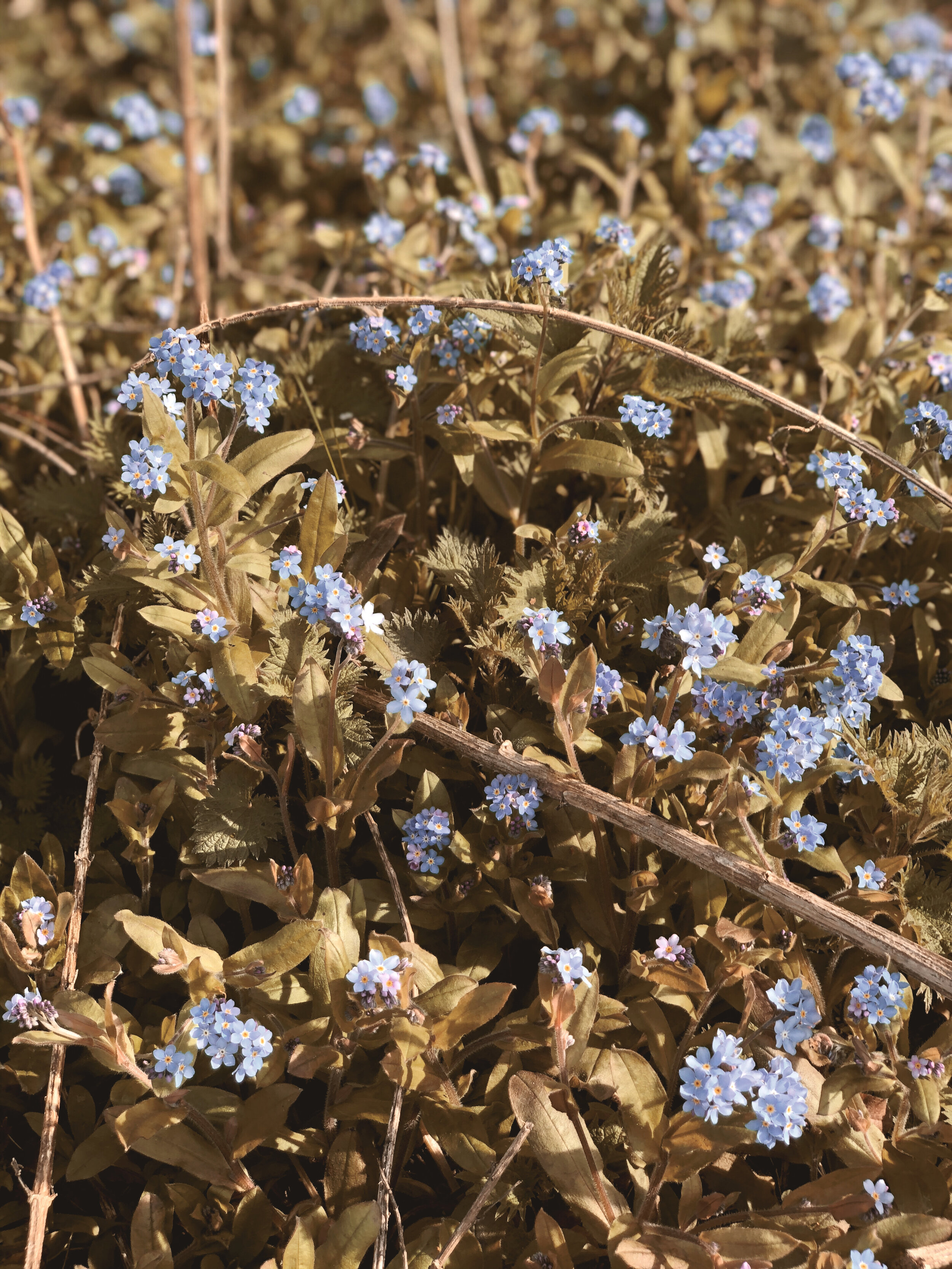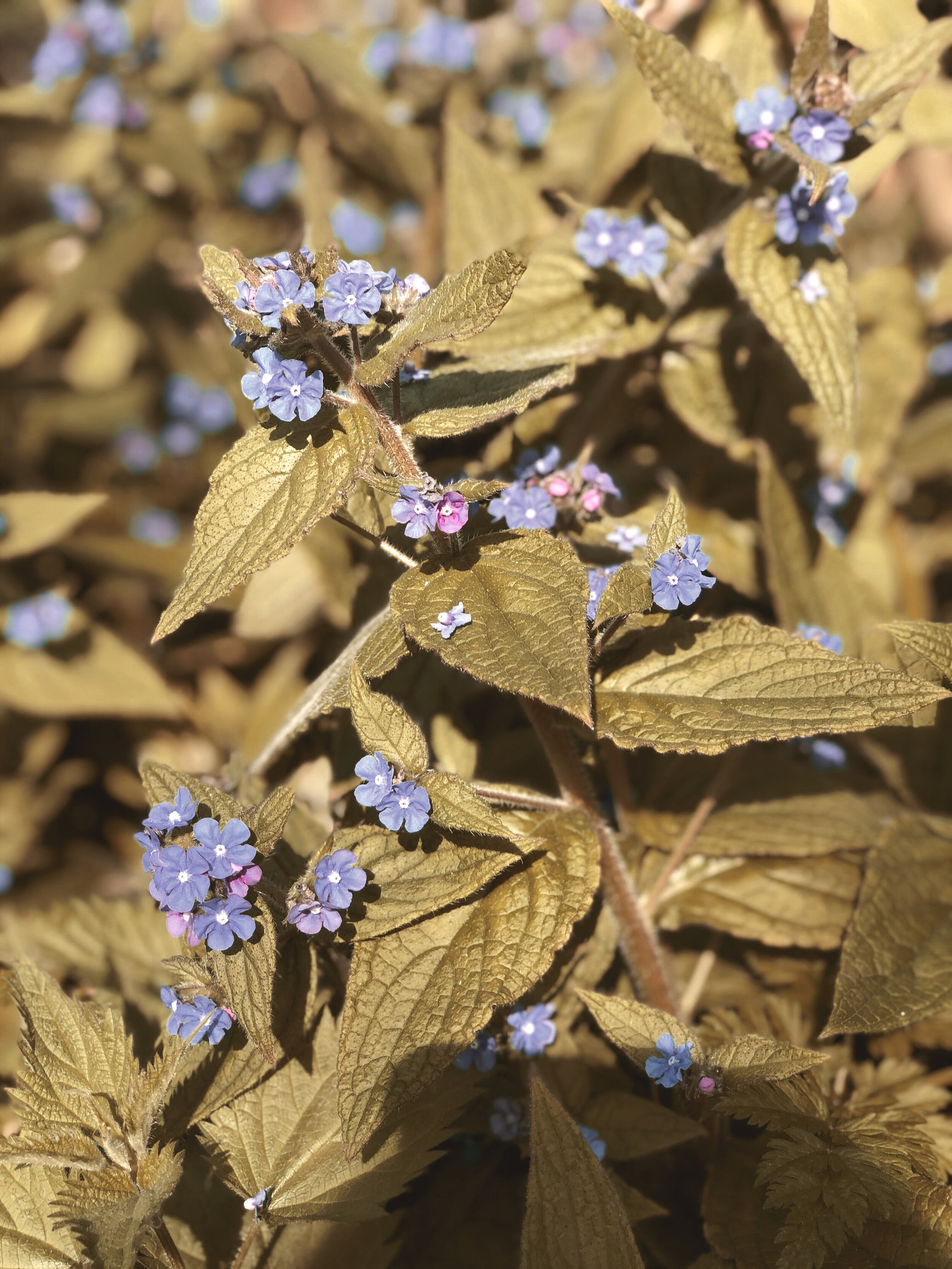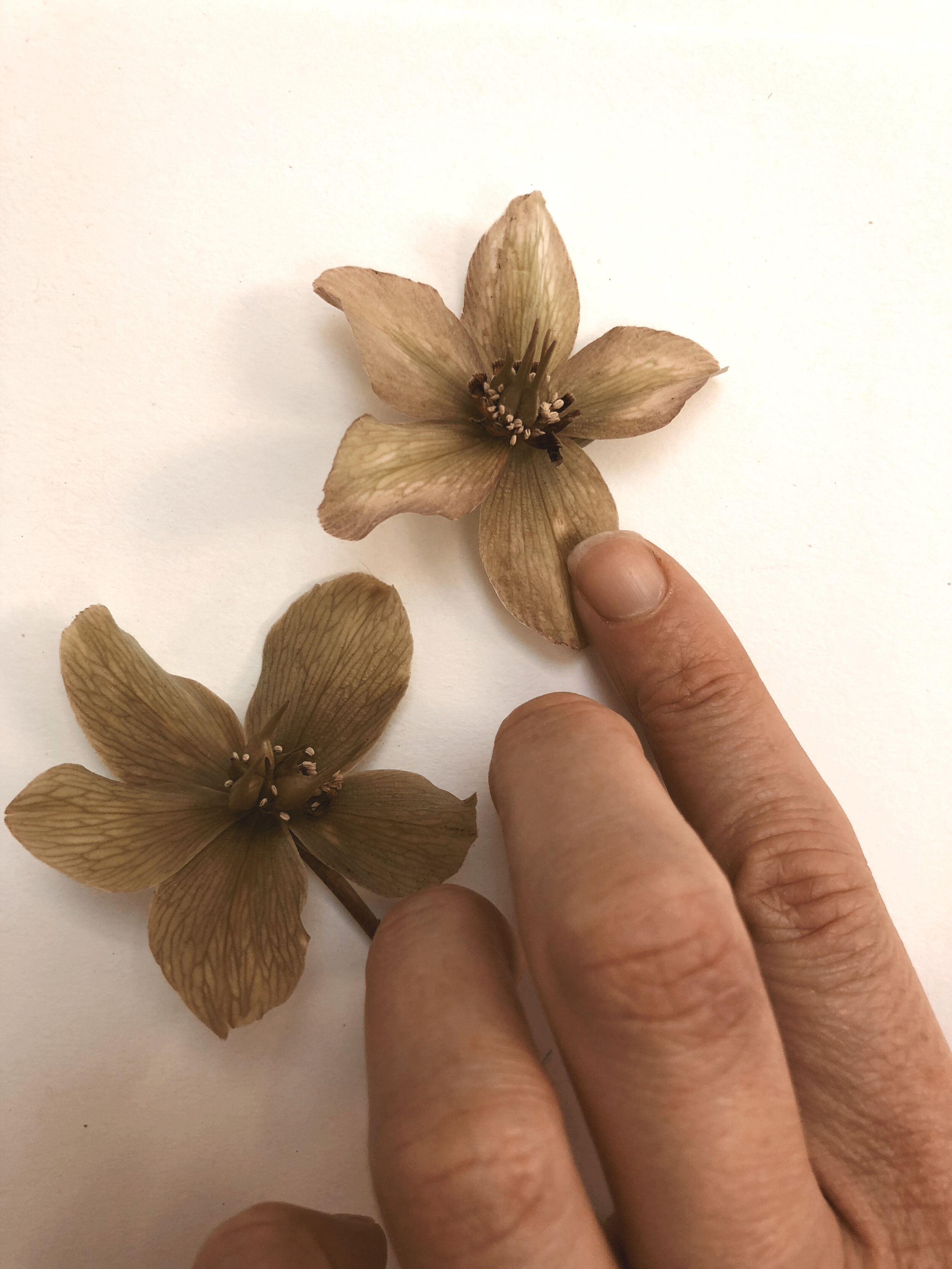RADISH Commune with... Florette Flowers
Claire is a North London based florist and the face and talent behind @florette.flowers. With a passion for British grown blooms and dried flowers, she has created this special step-by-step guide for pressing flowers. Most of the flowers you should be able to find on your local strolls. We will be catching up with Claire in few weeks for part two…
Preserving plants for scientific study has been used in botany for thousands of years. The lesser scientific, but no less important for creativity & observing the beauty of nature, flower pressing has been a memorable pursuit of many of our childhoods.
This current pause in time, has seen many of us revert to more crafty pursuits of simpler times. And pressing flowers both allows that nostalgia and to preserve a snippet of the spring flowers & foliage erupting around us.
Foraging:
What you need:
• Beatrix Potter esk. basket is a must for your foraging walks
• Foragers research hat (optional)
• Scissors
You don’t have to have a garden or live in rolling countryside to forage as city parks/heaths/fields and roadsides provide an abundance of pressable flowers & foliage - all totally above board and legal.
Foraging walks can be a very mindful exercise - you will become more aware of everything you see; you will slow down. Notice all the smaller gifts of nature when seeking out your treats, notice shapes, textures, colours; everything from stem to stamen.
Flowers with a flat petal structure tend to work better for pressing and never neglect leaves. They present such amazing shapes which can be so beautiful preserved.
If it’s warm, some of your flowers may wilt a little from their walk but no fear they’ll perk up, like us all, after a wee drink.
Some of my treasures, from wilds to home:
From the wild to home… 1) Bluebells, 2) Periwinkles, 3) Winter Hellabores, 4) Cow Parsley, 5) Clematis, 6) Cowslip Primrose, 7) Wood Violet, 8) Primrose, 9) Daisies, 10) Borage, 11) Forget-me-not, 12) Redflower currant, 13) Blossom flowers, 14) Field Elm, 14) Young Sycamore leaves, 15) Cow Parsley Leaf, 16) Purple Dead- nettle
Pressing:
Should you be able to dust off the old flower press all for you, but for others all you need is:
• Smooth white paper, or blotting paper
• Heavy books
Ready to press with Monty the cat.
Your paper should help to absorb moisture over the drying process, but the flowers should be as dry as possible. So, pick after dew, or not in the rain.
Fold your paper in half and place in the middle of a heavy book. Then position your finds on one half of the paper. Don’t be shy, you can manipulate the petals so they flatten, most flowers can handle it. And separate them, otherwise they will stick together during the drying process.
I like to use the whole pick as I love the look of the whole flower from root to petal. But if leaves are too bulky, you might just want to snip the heads of your flowers to press, and /or leaves separately.
Fold the paper, hold down and close book pages and repeat the process throughout the book or in your press. Then weigh the book down with more books or whatever you can to apply pressure.
They take up to a month to dry properly. Patience is virtue of this game.
Show & tell in three weeks. Meet you here.
You can see more of Claire’s magical work and read more about her workshops at @florette.flowers .
Florette is currently delivering soul boosting flowers across London, with 20% of all sales going to charities supporting the most vulnerable at this time. Currently money is going to @solacewomensaid #StaySafeAtHome Emergency Appeal. Contact her for details.











